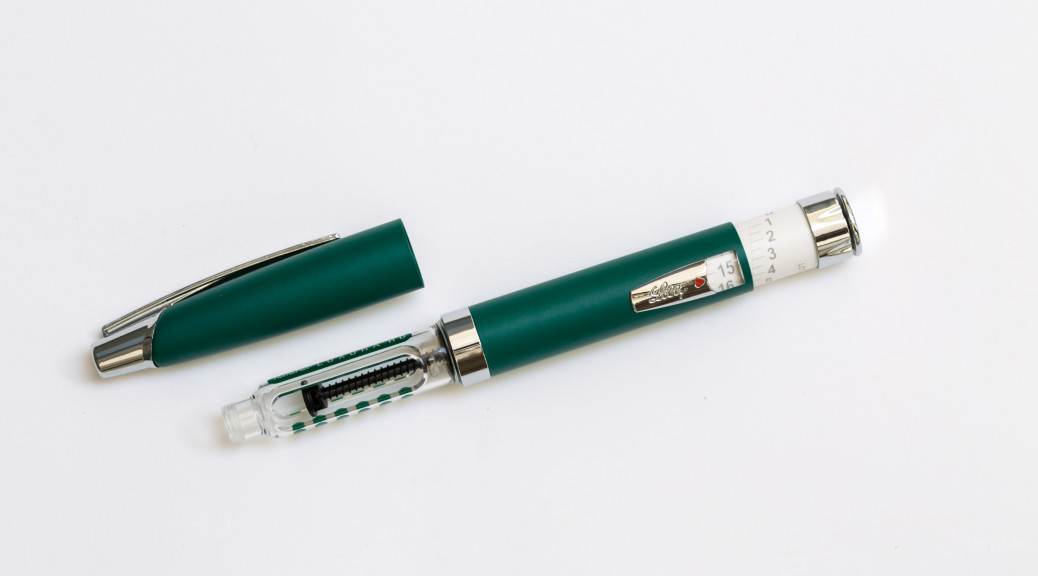I dread Type 2 diabetes as a disease entity. It is the most rampant, urgent, yet insidious epidemic of our age. It’s frustrating how straightforward the preventive medical intervention is (don’t eat shitty), but a good diet is low many people’s priorities and taste buds. The disease develops so slowly and silently that the general population too often dismisses its distant consequences, but the medical community is witnessing the deluge of diabetes firsthand.
That is, doctors treat diabetes all the freaking time! About 40% of the patients who I met during my primary care rotation had diabetes (excluding kids). Some of them, especially the recently diagnosed, knew very little about diabetes — what test result numbers mean, how different foods affect their bodies, what its symptoms are. I’m still a relatively useless med student, but when I had spare time to converse with patients before the doctor came in, I tried to be relatively useful by teaching them some details about diabetes.
For instance, my oft-spouted Hemoglobin A1c spiel: “Diabetes is the disease of high blood sugar. We can use fingersticks to measure your blood sugar, but your blood sugar number changes during the day depending on when and what you eat. Instead, we use your Hemoglobin A1c. Your red blood cells are floating along with the sugar in your blood, so eventually some of that sugar sticks to the blood cells. We can actually measure that. Your blood cells live for three months, so they’ll end up very sugary if your blood sugar has been high a lot during that time. It’s basically a 3-month average. An A1c of 4.8 to 5.6 is normal; an A1c of 5.7 is pre-diabetes; an A1c of 6.5 is enough to diagnose someone with diabetes.” I try to concisely explain the importance of this number. The A1c is the most powerful index of diabetes we have; with one point-of-care measurement, we can straight-up diagnose someone with diabetes, and we have numerous times at our Heart to Heart community screenings.
Food counseling is vital. I talked at length with this previously healthy 40-year-old who was diagnosed with raging diabetes by a whopping A1c of 13.4% several months earlier. She had done well adjusting her diet: no more soda, only whole-wheat rice or bread or pasta, black coffee only, limited desserts (except on mother’s day!). However, I sensed a few gaps in understanding and spent 15 minutes delving and explaining further. “Please don’t replace soda with fruit juice. Orange fruit is better than orange juice. You can also dilute your juice with half water.” “Yes, whole-wheat bread, pasta, and rice is healthier, but it’s still pure carbohydrates. The key is smaller portions.” “Ahhh you ate a bagel?! Don’t do that!!! Let me explain glycemic index…” I hope my bulging-eyed balking at bagels was memorable enough to convince her. Yes, that’s how I add value to the healthcare system these days.
Diabetes is not entirely silent, and motivation can come in the form of recognizing symptoms. Fatigue, numb and tingling hands and feet, going to the bathroom often, excess thirst, headaches, blurry vision, slow-healing wounds. Sometimes, if I think the patient doesn’t quite grasp how dreadful diabetes is as a disease, I briefly mention what damage it can deal down the road. Sometimes, I wish we could have non-adherent early-stage diabetics watch the vascular surgery team perform a couple amputations or visit the dialysis floor to appreciate the dense misery that’s possible. Probably not a good medical counseling technique, but it sure convinced me.
The Type 2 diabetes oral medications are tricky, all with different mechanism and side-effect risks. Also, I recently learned that we ask primarily insulin-dependent diabetics to maintain a fingerstick sugar log. At the appointment, the morning fasting sugars are used to adjust the long-acting insulin dose and the 2-hour post-meal sugars are used to adjust the mealtime insulin bolus. If they’re stable, patients can prick their fingers just every other day (each test strip is $1). It’s very practical.
There was one other patient care team who I counseled: an elderly wife helping her mildly demented 87-year-old husband with diabetes. They were dutifully fingersticking every morning, but the wife thought he was making rash decisions about skipping insulin dosing. I scrolled through the glucometer records and found several fingersticks around 80 mg/dL. I said “he’s been getting some morning readings in the 70s and 80s. Is that right?”
She replied quizzically “uhh, is that high?”
I was mortified! She didn’t even know the basics of diabetes and was brashly trying to manage her husband’s diabetes? I started explaining: “for people with diabetes, we try to keep morning sugars around 100 to 120. After meals, 140-200 is expected, depending on the person. Low blood sugars like 60 and below are immediately dangerous, as they can cause seizures or put people in comas. High blood sugars are dangerous too, but they’re not as bad for your husband because… uh…” I trailed off, not wanting to complete the sentence (that it takes years of hyperglycemia to accumulate damage). Clearly, I didn’t plan my counseling in advance.
Diabetes is a tough disease! My perspective has been skewed by my year at Sansum Diabetes with exceptionally savvy and proactive patients who entered clinical trials about Type 1 diabetes (the type where the body destroys its own pancreas so patients must use diligently insulin or they die). My brief experience thus far suggests that the average Type 2 diabetic patient comprehends the disease much less. That’s what we’re here for, I guess.
